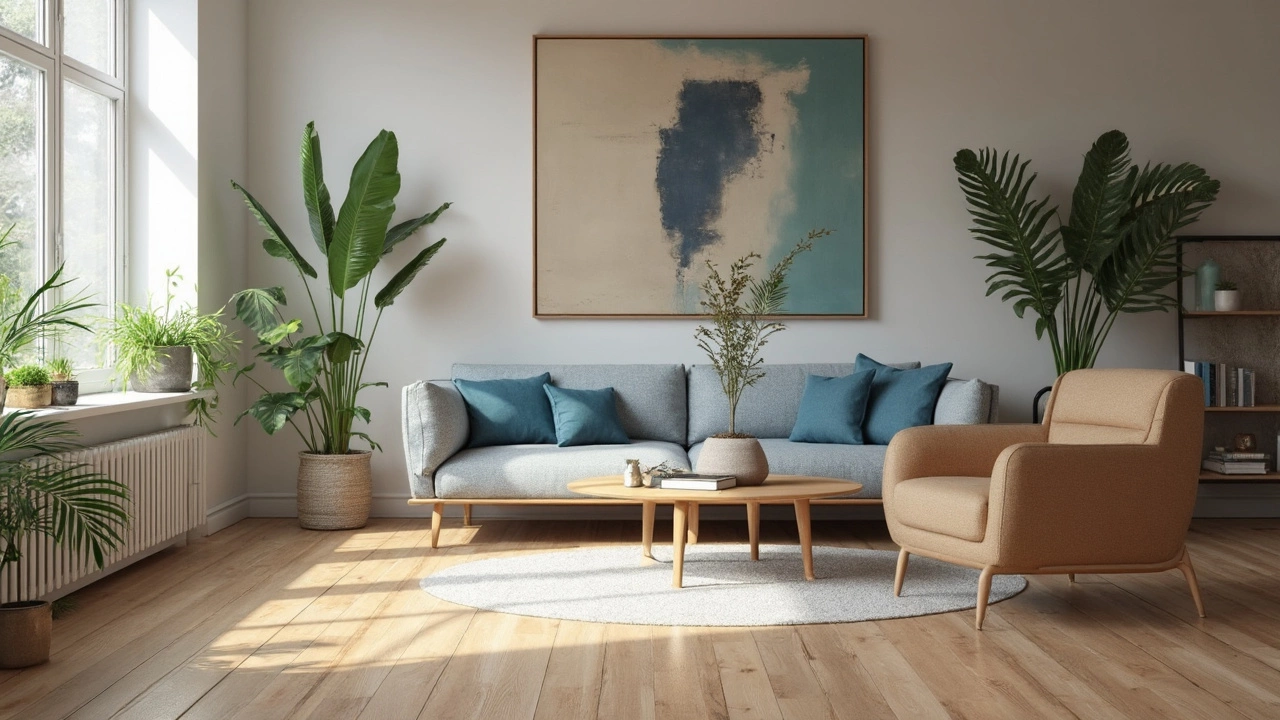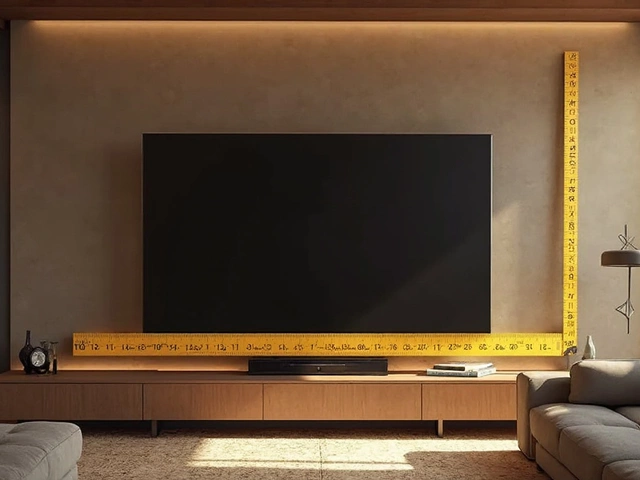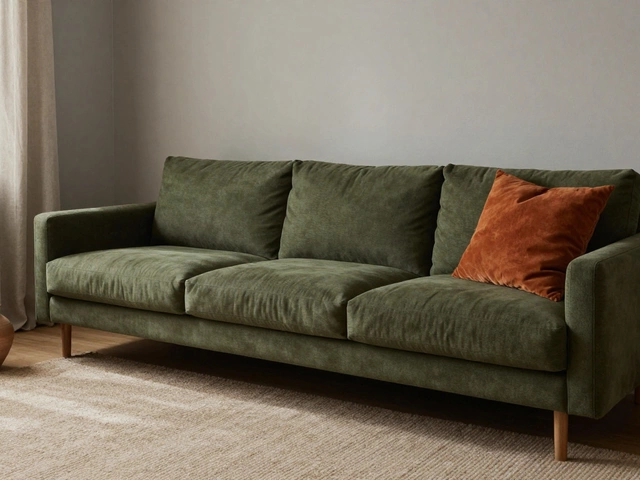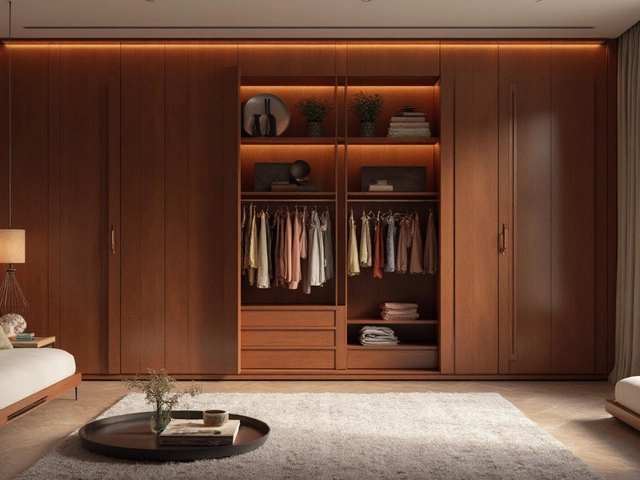Floor Color Tips: Choose the Right Hue for Your Home
Staring at a blank floor can feel overwhelming, but picking a color is easier than you think. The right floor hue sets the mood, hides wear, and ties the whole room together. Below are practical steps you can follow right now to find a floor color that works for your space.
Start with the Room’s Purpose
If the room is high‑traffic, like a kitchen or hallway, consider a medium‑tone wood or a low‑maintenance tile. Lighter shades make small spaces feel bigger, while darker floors add coziness to large rooms. For a family lounge, a tone that hides dirt—think a warm taupe or mid‑gray—keeps the floor looking fresh longer.
Match Floor Color to Existing Colors
Grab a swatch of your wall paint, sofa fabric, or rug and hold it next to your floor samples. A floor that’s slightly lighter than the walls opens up the space; a floor a touch darker creates a grounded feel. If your sofa is a bold navy, a light‑oak floor balances the intensity without competing.
Don’t forget the ceiling. A light ceiling paired with a medium‑dark floor adds depth without making the room feel cramped. And when you have big windows, a cool‑gray floor can accentuate natural light.
Consider Maintenance and Lifestyle
Posts like “Easiest Floors to Keep Clean” explain that smooth finishes wipe down fast, while textured surfaces trap dust. If you have pets, a floor with a subtle pattern hides hair and scratches better than a plain solid color. Vinyl or laminate in a neutral shade is budget‑friendly and easy to swap if trends change.
Play with Accent Areas
Use a contrasting floor strip or a rug to break up long stretches of the same color. A dark runner in a light hallway adds visual interest and defines the path. For open‑plan homes, a different floor hue in the dining zone can signal a change of function without a wall.
When you’re on a budget, paint‑ed concrete or reclaimed wood planks can give the look of expensive flooring at a fraction of the cost. Just be sure the finish is sealed to resist spills.
Test Before You Commit
Buy small sample squares and place them in the room at different times of day. Natural light shifts the perception of color, and artificial lights can make a warm tone look cooler. Walk on the samples with socks and shoes; comfort matters as much as looks.
Finally, trust your gut. If a floor makes you smile when you walk on it, you’ve probably nailed the right color. With these steps, you’ll choose a floor that looks great, stays clean, and reflects your style.




